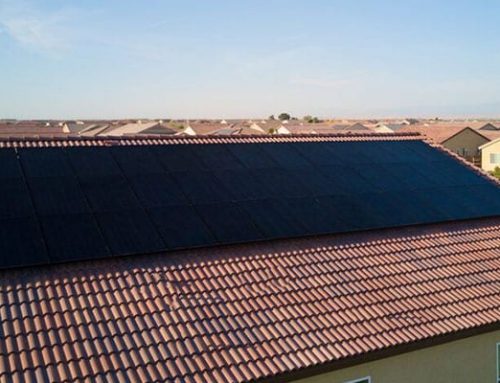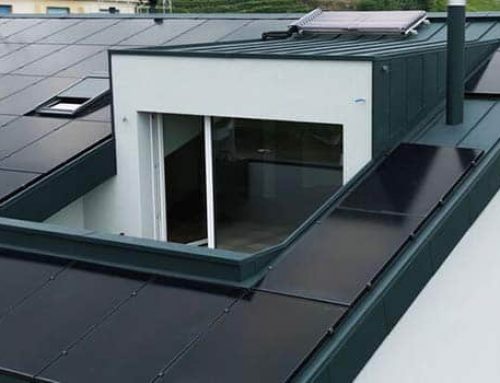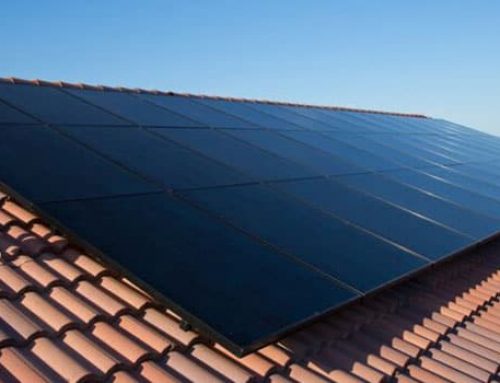Are your solar panels delivering optimal energy output?
Answering that question can be difficult without knowing how to accurately asses your system’s output.
Whether you’re considering installing panels in your home or are simply curious about their potential, chances are you’re looking to answer the question, “How much energy is my system producing each day?”
In this guide, we’ll show you how to answer that question by walking you through the process of calculating solar panel output per day.
Here’s everything you need to know.
Factors Affecting Solar Panel Output
Sunlight Availability: The amount of sunlight your panels receive is a primary factor in determining their daily output. Adelaide, known for its sunny climate, is ideal for renewable energy production.
Panel Efficiency: Different solar panels have varying levels of efficiency. Higher-efficiency panels can convert more sunlight into electricity, leading to greater output.
Tilt and Orientation: The angle and orientation of your panels also play a role. Panels facing south at an optimal tilt angle can capture more sunlight throughout the day.
Shading: Obstructions like trees, buildings, or other objects can cast shadows on your panels, reducing their output.
Dirt and Debris: Dirty or dusty panels are less efficient at absorbing sunlight. Regular cleaning is essential for optimal performance.
Temperature: High temperatures can affect panel efficiency. The panels are generally more efficient in cooler conditions.
Calculating Solar Panel Output: Step-by-Step Guide
Step 1: Determine Your Panel’s Wattage
Start by finding out the wattage of your panels. This information is usually provided by the manufacturer or can be found on the panel’s label. For example, if you have a 300-watt panel, it can produce up to 300 watts of electricity per hour under ideal conditions.
Track Your Solar Output in Real Time: Solar Monitoring Solutions
Step 2: Assess Sunlight Hours
Adelaide enjoys an average of around 2,500 hours of sunlight per year, making it one of the sunniest places in Australia. To calculate the daily sunlight hours, divide the yearly total by 365. In Adelaide’s case, this would be approximately 6.85 hours of sunlight per day on average.
Step 3: Account for Panel Efficiency
As mentioned earlier, panel efficiency varies. A typical panel has an efficiency rate of around 15-20%. To calculate the daily energy output, multiply the panel’s wattage by its efficiency rate. For a 300-watt panel with 15% efficiency, you’d get 300 watts x 0.15 = 45 watts per hour.
Step 4: Calculate Daily Output
Now that you have the watts per hour, you can determine the daily output by multiplying it by the average sunlight hours. Using our example, 45 watts x 6.85 hours = approximately 308.25 watt-hours or 0.30825 kilowatt-hours (kWh) per day.
Step 5: Account for Seasonal Variations
Keep in mind that the amount of sunlight can vary significantly by season. Adelaide experiences longer daylight hours in the summer and shorter ones in the winter. To get a more accurate estimate, you may want to calculate the monthly or seasonal output based on historical weather data.
Step 6: Consider Factors like Shading
Lastly, consider any factors that may reduce your panel’s efficiency, such as shading. If your panels are partially shaded for a significant portion of the day, their output will be lower than the calculated value.
Making the Most of Your Solar Panels
Now that you have a better understanding of how to calculate solar panel output, here are some proven tips to make the most of your renewable energy system.
Optimal Placement and Tilt
Ensure your panels are installed at the optimal angle and orientation to maximise sunlight exposure. In Adelaide, panels facing north and tilted at around 30-35 degrees can capture the most sunlight throughout the year.
Regular Maintenance
Keep your panels clean and free of dirt, dust, and debris. Schedule regular inspections and cleanings to maintain peak efficiency.
Monitor Performance
Invest in a monitoring system to keep track of your panel’s performance in real time. This can help you identify and address any issues promptly.
Battery Storage
Consider adding battery storage to your system. Energy storage solutions allow you to store excess energy generated during the day for use during the night or cloudy days, further increasing your energy independence.
Turn to energy Buster for Help With Your Next Solar Project
Calculating your solar panel output per day is a straightforward process that involves considering factors like:
- Panel efficiency
- Sunlight availability
- Seasonal variations
By following the steps outlined in this article, you can estimate how much electricity your panels are likely to generate. Remember that these calculations provide a rough estimate, and real-world conditions may vary.
Looking for more resources? Browse our latest content below:
- Off-Grid System Inverters: Best Products Compared
- Increasing Solar Panel Output: Simple Tips
- Does Your Roof Shape Affect Solar Panel Output? [Answer Inside]
For more support, information or product guidance, reach out to a member of the Energy Buster team on (08) 7120 6377 today.




![How to Monitor Solar Panel Output for Your Adelaide Home or Business [Simple Guide]](https://energybuster.com.au/wp-content/uploads/2023/09/How-to-monitor-solar-panel-output-in-Adelaide-01-500x383.jpg)

